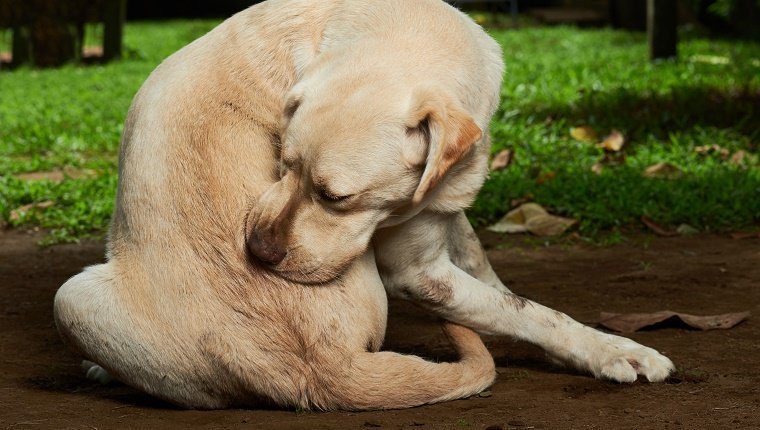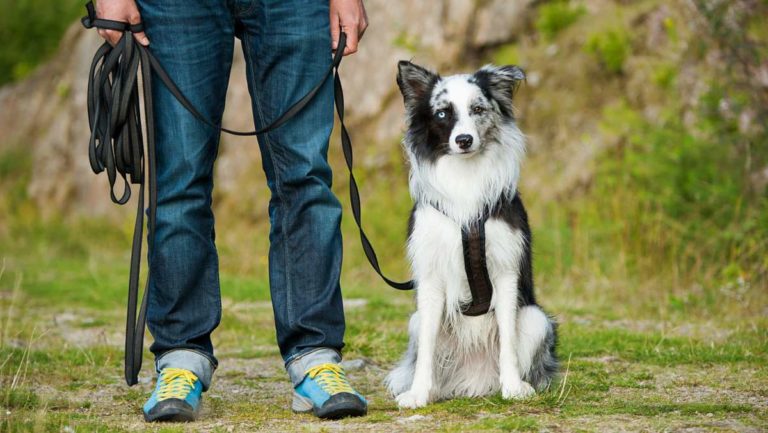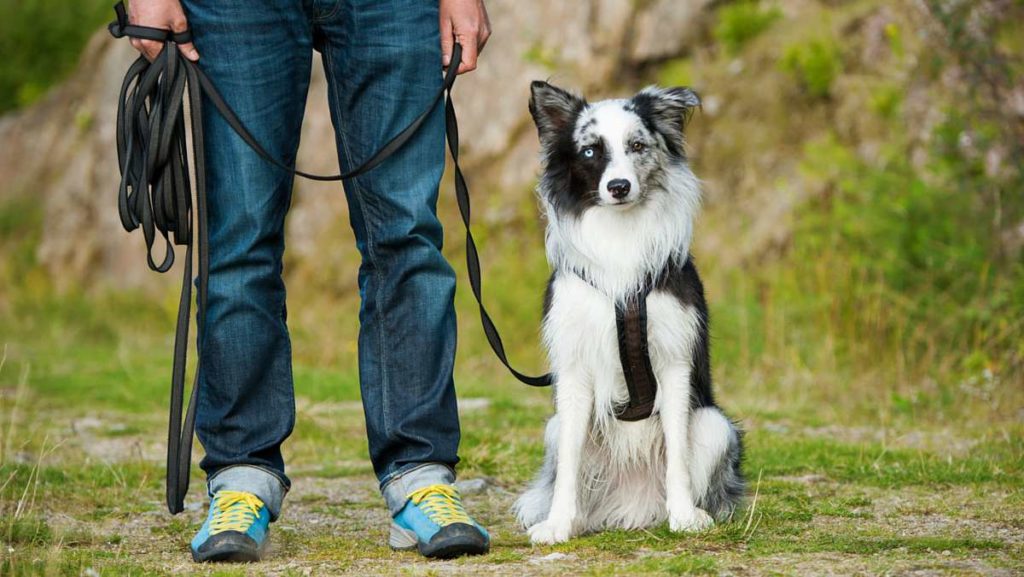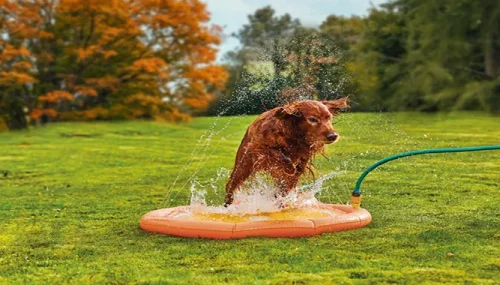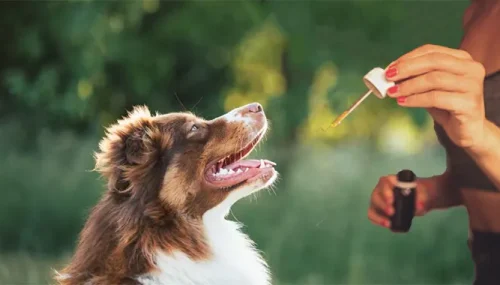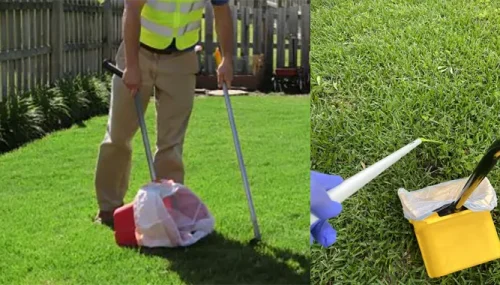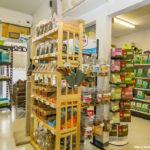How to Minimize Your Pet Allergies
Dogs and cats can cause a chronic condition called pet allergies in people that are allergic to them.
Sharing our homes and sometimes even our beds, pets are listed as a common cause of irritation, inflammation and other related problems to people who are allergic to pets.
For someone who is planning to have a house pet or for people who already own a pet, learning about the facts concerning pet allergies is a must.
Causes
Your body naturally produces antibodies to fight the onslaught of common pathogens. Pet allergies happen when the body’s immune system sees animal fur, hair or saliva as a potential risk to your health. In mistakenly identifying these forms of protein as a health risk, the body produces inflammatory responses in the nasal passages and in the lungs.
Virtually all pet allergens are proteins by nature. When they come in contact with the …

